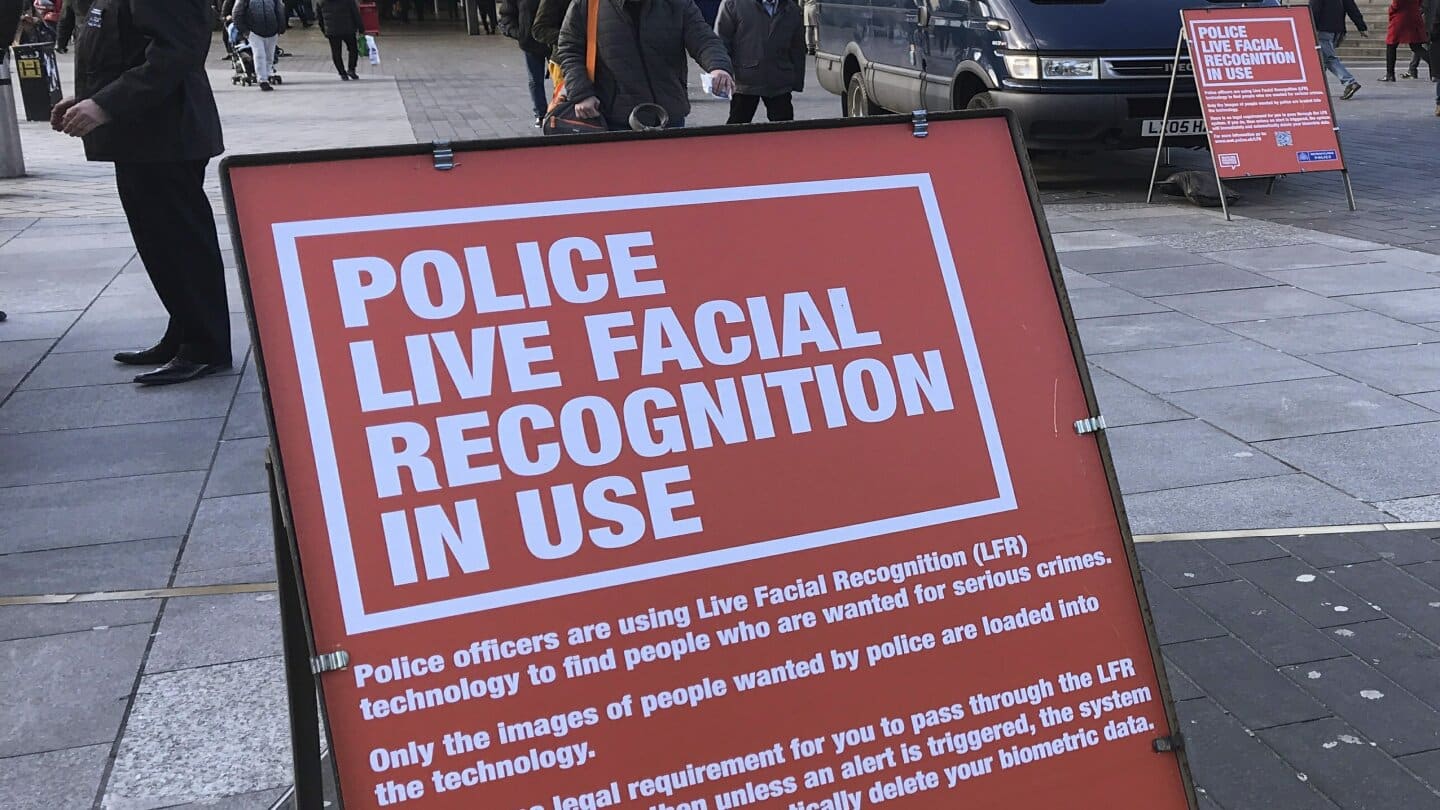The UK government is moving ahead with plans to greenlight the use of live facial recognition technology (FRT) by police forces across the nation, but says more parameters around use are needed before it can happen.
Speaking at the Labour party conference this week at an event on the future of law enforcement, policing minister Sarah Jones confirmed that the government is consulting on guidance that will define where, when and how forces can use live facial recognition. According to The Register, she believes that deployments to date have proven successful, calling it a “really good tool that has led to arrests that wouldn’t have come otherwise.”
“We just need to make sure it’s clear what the technology is going to be useful for going forward. Because there isn’t really much of a structure around what it’s used for at the moment. We need to look at whether that’s enough and whether we need to do more.”
Deciding whether “not much of a structure” is sufficient policy should not be especially difficult. Privacy and civil rights advocates, who have objected to the technology operating without a formal framework, would support guidance. And based on police forces’ enthusiastic but haphazard embrace of live FRT to date, they would also welcome guidance on how and when to use the biometric technology.
The larger question is, would police follow the guidance in practice? In a recent conversation with the Biometric Update Podcast, Professor Fraser Sampson, the former UK biometrics and surveillance commissioner, points out that invasive technology is already everywhere – notably the UK’s extensive CCTV camera system. That increasingly includes live facial recognition; the Telegraph recently reported that up to 51,000 faces were scanned by live FRT in London Underground stations during a single day in August. And the Home Office says seven additional police forces will begin using 10 new vans equipped with live facial recognition.
The trick is in creating guardrails, and enforcing them. Regardless, the potential for misuse is high. The tech has already been questioned for a perceived tendency to misidentify people with darker skin. In Hungary, police have used live facial recognition to crack down on LGBTQ themes events. Handing a document to police is a start, but enforcement must come with penalties; otherwise, to paraphrase Eddie Grant, it will inevitably be a case of police on someone’s back.
Related Posts
Article Topics
biometrics | facial recognition | London Metropolitan Police | police | real-time biometrics | UK
Latest Biometrics News
Financial institutions and payment networks in India can add risk analysis to their two-factor authentication for digital payments, according to…
The Independent Electoral and Boundaries Commission (IEBC) of Kenya will soon resume a Continuous Voter Registration exercise with a plan…
The anti-money laundering (AML) systems market is set to be worth 75 billion dollars by 2030, partly driven by lax…
Synthetic biometric data generation is not just taking a place in Precise Biometrics’ own product development process, but is also…

